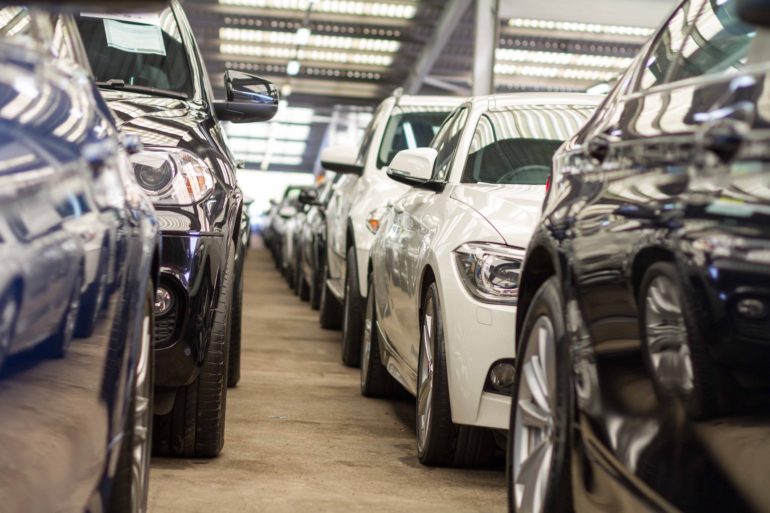Where do you usually keep your money? It is essential to have a safe place to put money aside for future use. If you choose to put your money in a bank, you must understand the differences between different accounts, notably savings and checking accounts. That is because they serve other purposes.
Working together, savings and checking accounts can help you manage your finances. Also, they both come with several pros and cons. For example, are you planning to open a checking account? If so, you need to do your homework. For instance, one thing you can do is look for the best free checking accounts.

Should You Open a Bank Account?
Opening a bank account is one of the first things you need to do to manage your financial life. That is why many people have had a bank account from childhood. Many banks offer joint savings and checking accounts. This allows them to have all their funds in one place.
Differences Between Checking and Savings Accounts
A checking account is a type of bank account that owners can write checks from or access in several ways. Essentially, it is a daily go-to transaction bank account. A savings account is where account holders stash money they are not ready to use immediately. The goal of such statements is to accumulate more money over time.
The differences affect how holders use each to manage their financial life. However, you are likely to find both types of accounts helpful. To get the most out of every kind of account, you need to understand the differences and how to use them to achieve your goals.
A checking account is ideal for regular transactions such as bill payments, purchases, and ATM withdrawals. However, you need to understand that checking accounts typically earn no or less interest when compared to savings accounts. On the other hand, a savings account is better for growing your money. A savings account might limit how often holders can withdraw their money without paying a fee.
How to Choose the Right Checking Account
If you want to open a checking account, look for the best free checking accounts or those that do not charge a maintenance fee. Also, look for one that earns interest. However, interest rates may come with spending requirements and balance limits.
In addition to no monthly maintenance fees, a checking account should give you free access to nationwide networks. It should also offer debit cards to make it easy for you to make daily purchases.
How to Choose a Good Savings Account
The best savings accounts have no monthly fees, strong interest rates, and online funds transfers. Choose an account with interest rates of around 0.5 percent yield or higher. It would help if you also considered other account charges. For example, some charge a fee for making certain types of withdrawals too frequently.
Do Checking and Savings Accounts Have Fixed Interest Rates?
No, interest rates for both types of accounts are variable. That means they tend to change over time. If you are looking for a fixed interest rate, you should choose a CD instead. A no-penalty CD is another good option if you want a fixed-rate account that still gives you access to your funds.
Sources:
https://www.cnbc.com/select/checking-vs-savings/
https://www.bankrate.com/banking/checking-vs-savings-accounts/



























